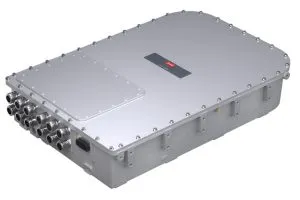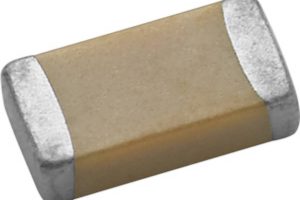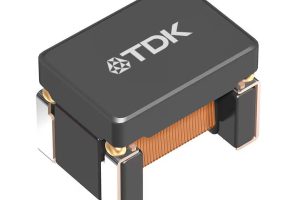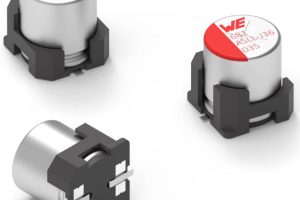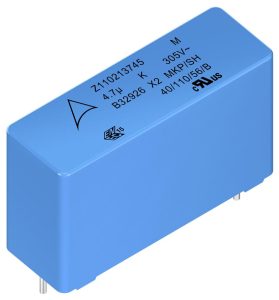
Called B3292x, the series meets Grade III Test B for temperature, humidity and bias, and range from 18 x 5 x 10.5mm to 42 x 14 x 25mm as values increase from 0.1 to 4.7µF.
“To meet Grade III Test B, they are tested at +85°C and 85% relative humidity and subjected to rated AC voltage for 1,000 hours or 500 hours,” according to the company, “The components are rated for 305Vac and can handle a maximum 630Vdc continuously.”
1,000 hours is or with 22.5mm or more lead spacing, and 500 hours is for parts with 15mm lead spacing (B32922 devices) – the other spacings are 22.5mm (B32923), 27.5mm (B32924) or 37.5mm (B32926).
Operation is over -40 to +110°C, and metalised polypropylene constriction imparts self-healing properties. IEC 60068-1 climatic category is 40/110/56.
Industrial and automotive foreseen – the capacitors are AEC-Q200 compliant – in on-board chargers, uninterruptible power supplies and hybrid inverters for energy storage systems.
X2 capacitors, sometimes called ‘across-the-line’ capacitors, are rated for safe connection between live and neutral in mains circuits and similar voltage dc circuits. They tend to be rated to survive transients and be less likely to fail short-circuit compared with other capacitors. For example, the capacitors above are tested to 1.3kVdc for 2s.
TDK announced three other series of mains capacitors at the same time:
| Capacitance µF |
Voltage Vac |
Suppression class |
Series name |
| 0.001 – 1 | 300 | Y2 | B32021H-J, B32022H-J, B32023H-J, B32024H-J, B32026H-J |
| 0.015 – 10 | 480 | X1 | B32912H4 – B32918H4 |
| 0.033 – 5.6 | 305 | X2 | B32922P – B32924Q |
| 0.1 – 4.7 | 305 | X2 | B32922M3 – B32926M3 (described above) |
 Electronics Weekly
Electronics Weekly
